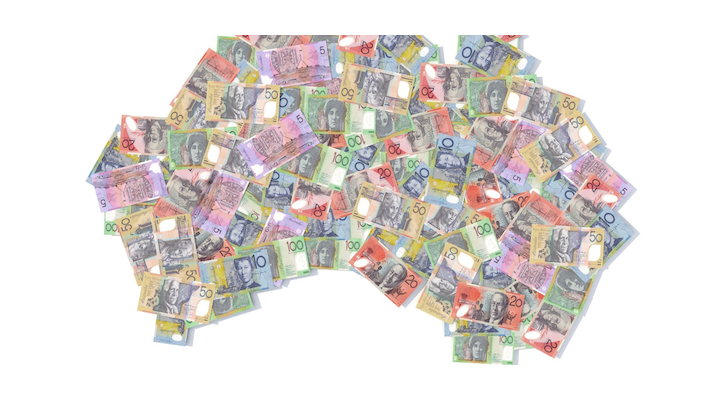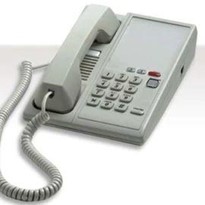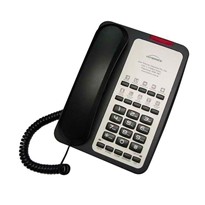Have you noticed an increase use in debit and credit card payments?
Are you seeing an increase on your merchant fees from your eftpos terminal?
Would you like to be FREE from Fees and Charges on your eftpos transactions?
With the introduction of Paywave and Paypass, merchants are experiencing an increase in spending on credit cards and paying a significantly higher amount of merchant fees to the banks, lowering their profitability.
In 2003, the Australian federal government introduced surcharge, which allows a business to recoup the cost of electronic payments. The RBA (Reserve Bank of Australia) has introduced some important changes to the rules around surcharge. Business are no longer allowed to profit from applying a surcharge and can only recoup the exact cost associated with the merchant transaction.
Unfortunately this is next to impossible for a business to achieve as Visa and MasterCard alone have 220 different variations of cards, all of which have a different interchange fee that varies monthly. Furthermore businesses are also required to provide a tax invoice showing the GST component for any surcharge. Businesses which are non-compliant are open to fines ranging from $2,160 - $108,000 per infringement.
Is there a solution?
Yes, bankfeefree.com.au from NUPAY is the first and currently the only product available on the market that is:
- Compliant with the RBA & ATO
- Settles your funds daily
- Uses wireless technology
- No sign up fees
- No credit card fee
- No interchange fees
- No terminal rental fees (Terminal must generate over $5,000 per month)
For more information visit www.bankfeefree.com.au or call 1800 265 964
For more information on the changes from the RBA read the following Questions & Answers.
Card Payments Regulation
1. Why are merchants allowed to apply payment surcharges?
Merchants incur costs when they process a payment from a customer and different payment methods can have very different costs. Cards that provide significant rewards to consumers are typically more expensive for merchants. For example, some merchants face fees of more than 3 per cent on American Express transactions, while transactions on some types of premium MasterCard and Visa cards can cost more than 2 per cent for merchants that do not benefit from preferred interchange rates.
When merchants have the right to apply a surcharge to more expensive payment methods they are able to provide price signals that encourage consumers to use payment methods that are less expensive. By helping to hold down payment costs, the right to surcharge helps to hold down the price of goods and services charged to all consumers. It also reduces the extent to which those who pay with cheaper payment methods are subsidising those consumers – typically from higher income households – who use more expensive payment methods.
It is important, however, that merchants do not impose surcharges in excess of their actual payment costs. The Reserve Bank has previously expressed concerns about excessive surcharging in some sectors. Accordingly, and consistent with the Government's draft legislation, the Reserve Bank's Payments System Board is proposing changing the surcharging standard with the aim of ensuring that customers cannot be surcharged any more than the actual cost of accepting cards.
2. What changes to the surcharging framework have been proposed by the Government and the Reserve Bank?
Merchants will retain the right to implement cost-based surcharges on card payments. However, the Government's draft legislation proposes that merchants' surcharges may not exceed the permitted surcharge specified in a Reserve Bank standard. Furthermore, the Government intends that the Australian Competition and Consumer Commission (ACCC) be given investigation and enforcement powers over cases of possible excessive surcharging.
The Bank's draft new standard envisages the following framework:
- Card schemes such as American Express, MasterCard and Visa will not be permitted to prevent merchants from recovering the costs of accepting card payments.
- However, card acceptance costs will be defined more narrowly than in the Bank's current Guidance Note – as the merchant service fee and other fees paid to the merchant's bank (or other payments service provider). This is likely to result in a reduction in the surcharges levied by some merchants.
- Statements provided by banks to merchants will be required to contain easy-to-understand information on the average cost of acceptance for each payment method, which will constitute the maximum permissible surcharge if the merchant chooses to surcharge.
- These statements will express acceptance costs in percentage terms, except where a merchant's cost of acceptance for a particular payment method is fixed across all transaction values. This should ensure that merchants who wish to surcharge – including in the airline industry – will typically do so in percentage terms rather than as a fixed dollar amount. This should mean that surcharges on lower-value transactions are reduced significantly.
Overall, the Bank expects that the more specific definition of the cost of acceptance, the proposed transparency measures and the ACCC's new powers will result in a framework that is clearer for all parties, with more effective enforcement in cases where merchants may be surcharging excessively. The Bank is seeking views on the proposed changes.
3. How will the proposed Government and Reserve Bank surcharging reforms benefit consumers?
The proposed reforms announced by the Government and the Reserve Bank will mean that consumers may still pay surcharges on some payment cards, but where they do, surcharges will be no more than the amount the merchant pays its bank or payments provider to accept that type of card.
Consumers who have concerns over whether a payment surcharge is excessive will be able to contact the ACCC, which will have enforcement powers. Contact details will be provided by the ACCC once the legislation takes effect.
The new framework will mean that consumers will be much less likely to face fixed dollar surcharges. If merchants (such as airlines) that currently impose fixed dollar surcharges wish to continue to surcharge, they will have to switch to percentage-based surcharges, unless their payment costs truly are the same across all transaction sizes.
Merchants will not be able to avoid the rules by calling their payment surcharges something else, like a ‘booking and service fee’ that applies to some payment methods but not others. And consistent with current requirements under the Australian Consumer Law, merchants will be required to prominently disclose the terms of any surcharge. Merchants that choose to surcharge will have to ensure that a non-surcharged payment method is offered: if not, the amount of the surcharge must be built into the base price.
The new surcharging framework only applies to payment surcharges – that is, to fees that apply only to particular payment methods. It is not intended to deal with fees that apply regardless of the payment method used (such as some fees in the ticketing industry). However, such pricing models will continue to be subject to Australian Consumer Law requirements on ‘drip pricing’.
It is proposed that, for the time being, surcharging in the taxi industry will remain mostly the responsibility of state regulators. Until recently, surcharges of 10 per cent were typical in that industry. However, authorities in Victoria, New South Wales, Western Australia and the Australian Capital Territory have taken decisions to limit surcharges to no more than 5 per cent and other states and territories are also considering such limits. As new payment methods and technologies emerge, it is likely to be appropriate for caps on surcharges to be reduced below 5 per cent. The Government and the Bank will continue to monitor developments in the taxi industry with a view to assessing whether further measures are appropriate.
For full article from the RBA visit http://www.rba.gov.au/payments-and-infrastructure/resources/qa/














